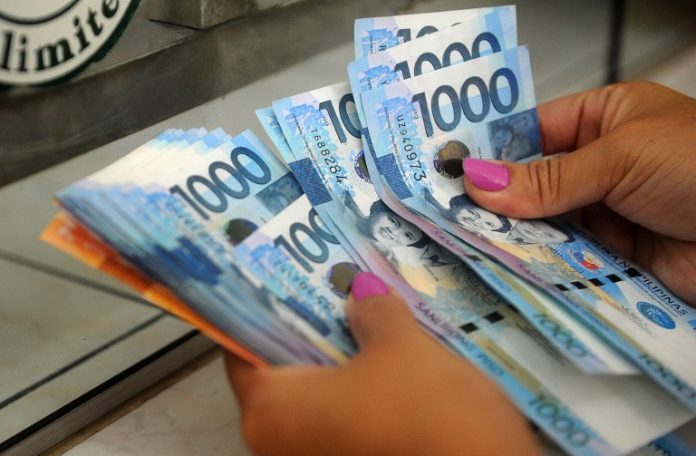
MANILA – The Philippine peso could be in for greater pain despite the Southeast Asian country’s strong economic growth, with major money managers bearish on the currency.
Franklin Templeton Investments sees the peso falling past 55 per dollar – a drop of more than 2 percent – and is tactically shorting it. Neuberger Berman reckons that steps taken by nation’s central bank don’t go far enough yet to stem a slide in Asia’s third-worst performing currency.
The peso, which reached its weakest since 2005 on Friday, is getting pummeled by rising oil prices, faster inflation and fiscal and current-account deficits and the broader investor turn against emerging markets. Unlike Indonesia – a neighbor that’s also been hard-hit – the Philippines hasn’t taken enough aggressive steps to shore up its currency, says Andrew Canobi, Melbourne-based director of fixed income for Australia at Franklin Templeton.
“The Philippines twin deficits worry us particularly in this environment, where rates in the US seem to be pushing higher, and there seems to be a real contest to attract capital flows,” Canobi said. If or when the peso hits 55, “we’d want to see what impact that would have on inflation and how the central bank’s likely to respond.”
‘Strong’ Action
The peso has weakened more than 7 percent this year, to 53.86 per dollar as of 11:43 a.m. on Monday in Manila. The surge of more than 40 percent in benchmark crude prices in the past year has hurt the currency by straining the finances of a nation that imports most of its oil. Stocks have also been hit, with the Philippine benchmark down as much as 1.7 percent Monday.
Philippine central bank governor Nestor Espenilla last week said “strong immediate action” is looming to respond to threats to inflation, which is clocking its fastest in nine years. Coming Tuesday is the latest reading on the monthly trade gap, projected at more than $3 billion – underscoring the country’s continuing need for funding from abroad.
“What we need to see is a turn in the flow picture – i.e. balance of payments,” said Prashant Singh, a senior portfolio manager for emerging-market debt in Singapore at Neuberger Berman, which oversees $312 billion. “Unless that happens, it’s very hard to argue against more weakness in emerging-market currencies, including the peso.”
Goldman Sachs Group Inc. sees the Philippines’ current account deficit continuing to deteriorate as infrastructure spending ticks up, strategists including Zach Pandl wrote in a Sept. 7 report. The picture may look different in 2019, as inflation peaks and a “decisively more hawkish” central bank raises borrowing costs, potentially turning investor flows positive. Goldman sees the peso rising to 53 in three months and 52 in a year.
‘Silver Lining’
One thing in the country’s favor is remittance flows from the 10 million Filipinos working overseas, which typically peak during the Christmas season and may provide an opportunity for the central bank to rebuild foreign-exchange reserves from a six-year low.
“We’re entering the fourth quarter, which is when remittances start to pour in,” Jonathan Ravelas, chief market strategist at BDO Unibank in Manila, said. “There’s a silver lining.”
Even so, some – including Rakuten Securities Australia – see worsening US-China trade tensions as a danger, with President Donald Trump preparing another tariff salvo.
“If Trump goes the full 200 yards quickly, then that might potentially send the peso and other emerging markets to new record lows,” said Nick Twidale, Sydney-based chief operating officer at Rakuten. (Bloomberg)







